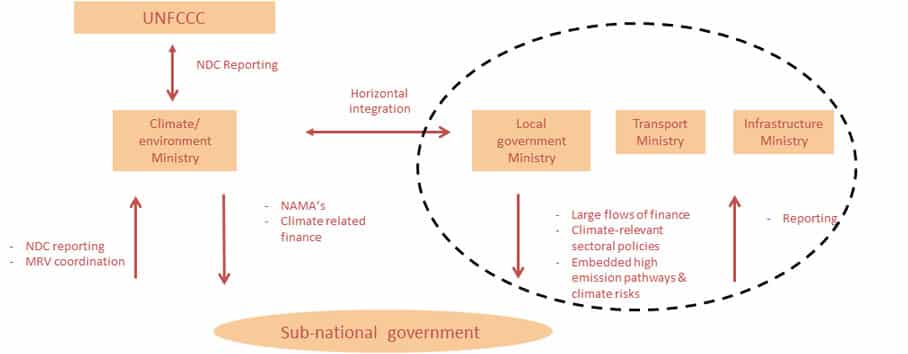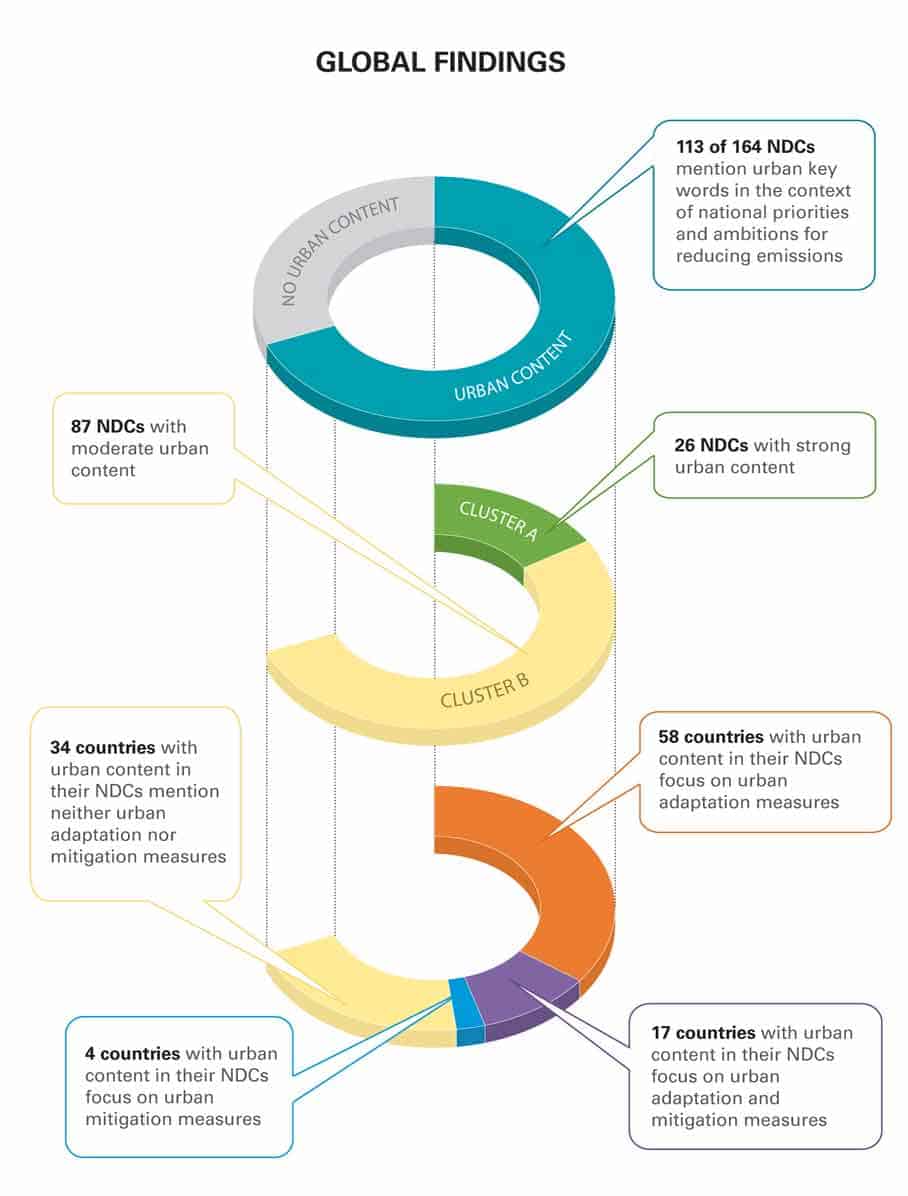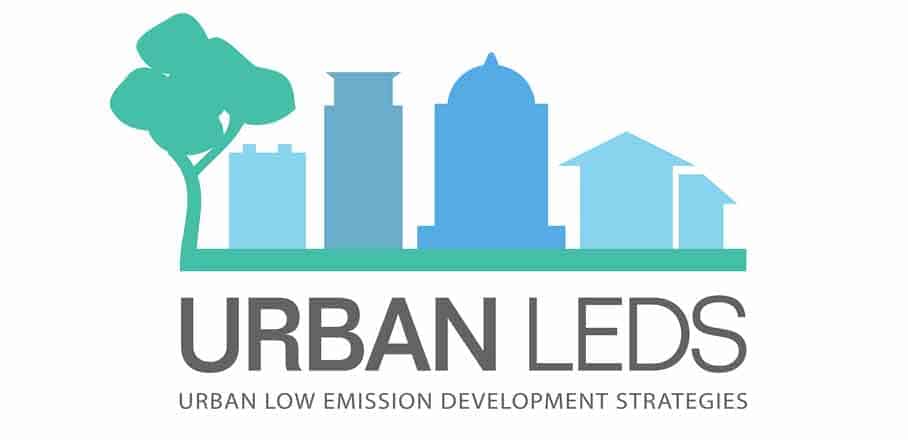Why the Way We Work Together Will Determine Our Future
By Steven Bland
In the third part of our series on the Talanoa Dialogues, Steven Bland from UN-Habitat blogs on the importance of effective multi-level governance for climate change action, and the steps UN-Habitat is taking to promote it.
Multi-level governance sounds rather boring: something only policy wonks are likely to find exciting. But as we rapidly approach the third decade of the 21st Century, one in which scientists warn the climatic “point of no return” is likely to be reached, the way in which we work together may be the most important factor determining the future of life on this planet.
The Paris Agreement, ratified in 2016, was a momentous occasion in our transition to a low-carbon, climate-resilient future. Implementing it will require an intense focus on governance: who has the power and resources to do what, by which means, and to what end?
UN-Habitat is collaborating with GIZ and ICLEI – Local Governments for Sustainability to bring these two vital global issues together. We are exploring the enabling conditions, models and successful examples of multi-level governance that can put countries on track to becoming low-carbon, climate resilient, and prosperous future places. Our joint submission to the Talanoa Dialogue process, released in April 2018, was the topic of the first article of this series.
The submission argues that “urban settlements contain high and increasing concentrations of people, infrastructure and capital at risk from climate change, and many high-emitting sectors can be found in urban areas” (GIZ, ICLEI, UN-Habitat, 2018). Responding to this reality, as well as respecting the principle of subsidiarity, suggests that a focus on urban areas, involving all relevant tiers of government, will be vital to the successful implementation of NDCs. The contribution also outlines several concrete mechanisms for creating robust, integrated governance systems to deliver on Nationally Determined Contributions (NDCs).
Importantly, an effective multi-level governance system for climate change must be horizontal as well as vertical in nature. The integration of sub-national government in climate-focused instruments alone (e.g. the NDCs, climate finance, and national climate change policies) cannot necessarily deliver the transformative changes required in our urban settlements. Instead, we need to break out of the “climate bubble” and focus attention on the largest financial flows between national and local governments, as the diagram below highlights:

Multi-level governance. © Steven Bland
In sectoral policy areas, sub-national government support programmes and financing facilities, high-carbon, climate risky, financed pathways may be embedded. There is a reason this ground is often left untouched – it is highly contested. I can recall one such example: a national diesel to electricity plant was earmarked within the boundaries of a municipality I was working with on low-carbon strategies. In this case, conflicting priorities at the national level were pulling the government in different directions, and the municipality was caught in the middle.
Getting out of the “climate bubble” might require:
- Communicating climate change in a new language that articulates low-carbon development as an industrial and economic project tailored to the realities of each country and not as a global environmental challenge;
- Working with political representatives to assist them to become sustainability literate leaders, so they have the confidence, tools and incentives to overcome vested interests, and;
- Positioning low-carbon development opportunities alongside an analysis of i) where the money is spent, and ii) where the current high carbon pathway is. Often, larger, more systemic high-carbon decisions undermine commitments to smaller, piecemeal low-carbon practices. This is ultimately a politically contested environment in which ideas, power, and money matter.
A contribution to multi-level governance
In addition to the joint publication to the Talanoa Dialogue process mentioned above, three recent and ongoing activities reflect the approach UN-Habitat is taking to promote multi-level governance in climate change responses:
Assessing the urban content of Nationally Determined Contributions
As parties to UNFCCC, national governments are responsible for preparing and implementing NDCs. Our 2017 study, (available here) analysed the degree to which NDCs were effectively reflecting the urbanisation trends within their jurisdiction. The detailed analysis found that two-thirds of all NDCs (submitted by August 2016) contain urban content, as the figure below details:

Results of UN-Habitat study into the urban content of NDC’s. © UN-Habitat, 2017
Several NDCs identify initiatives in sectors with urban relevance (e.g. waste, transport, and buildings). 58 of 113 NDCs with urban content focus on urban adaptation measures that will secure urban resilience in the face of a changing climate.
The inclusion of urban-related content in NDCs is encouraging given urbanisation trends across the world. The NDCs of countries in the most rapidly urbanising regions of Africa and Asia contain some of the strongest urban content. This is especially encouraging for the future development of inclusive, resilient, and sustainable cities, as it is these regions that are experiencing the most rapid urbanisation.
Highlighting examples of good practice
In a 2017 paper, UN-Habitat, ICLEI, and GIZ highlighted different case studies on multi-level climate action and NDC implementation. The paper highlighted that “No state can implement meaningful climate action without its cities. No city can effectively tackle climate change without a proper framework set by the state”. The paper drew upon several examples of multi-level governance, including:
- Monitoring and evaluation of climate action in South Africa: The country’s M&E system goes beyond a monitoring function, as it aims to evaluate the effectiveness of responses. Sub-national government is included in the process through extensive consultation, and ICLEI’s carbonn Climate Registry (cCR) tool, which collates data on sub-national emissions and responses, is fed into the national M&E system.
- An integrated policy framework in Colombia: The country’s Intended Nationally Determined Contribution (INDC) demonstrates the country’s ambition to improve the integration of sub-national governments in the formulation and implementation of comprehensive climate change plans that foster competitive and sustainable cities. Regional Environmental Authorities (CARs) have significant implementation responsibilities and work with municipalities to act on the ambition above.
- A stakeholder-led approach in Myanmar: Myanmar is among the most vulnerable countries in the world to the negative effects of climate change. Between 2015 and 2017, the country developed the Myanmar Climate Change Strategy and Action Plan 2016-2030 (its National Climate Change Policy) and six Sectoral Action Plans. The plans integrate views from the states and regions, and from consultations with townships (towns and cities). The work was supported by a European Commission funded program called the Myanmar Climate Change Alliance, implemented by UN-Habitat and UNEP.
Country-level support to enable multi-level governance
UN-Habitat, in partnership with ICLEI, is working with eight countries to strengthen multi-level governance. The “Urban-LEDS II” project that is implemented between 2017 and 2021 and funded by the European Commission, will produce eight country-level case studies in Bangladesh, Brazil, Colombia, India, Indonesia, the Lao People’s Democratic Republic, South Africa, and Rwanda. The research will map the status of efforts to integrate climate change into horizontal and vertical spheres of government and suggest pathways forward to improve these systems. Inspiration will be drawn from other areas of policy, such as gender, where successful vertical integration may have taken place.

The Urban-LESD project is implemented by UN-Habitat and ICLEI, and funded by the European Commission, from 2017-2021.
Where possible, the results of the study will be shared during planned Talanoa Dialogues in each country throughout 2018, and at COP24 in December 2018. The research will inform the nature of the support given to countries during the remainder of the project. We hope it will be a valuable contribution to practitioners by documenting practical examples of the challenges and opportunities in implementing NDCs effectively.
Multi-level governance is one of the most important keys to open the door to the future we all signed up to in Paris in 2015. Even crafting the key will require us to work together, think in systems, have difficult conversations, and make difficult, contested decisions. The UN-Habitat partnership with GIZ and ICLEI is part of our effort to support a framework in which those difficult decisions become a little bit easier.
The author would like to thank Joyce Mavongou, UN-Habitat for contributing to this article.
- Why the Way We Work Together Will Determine Our Future - 26. June 2018
